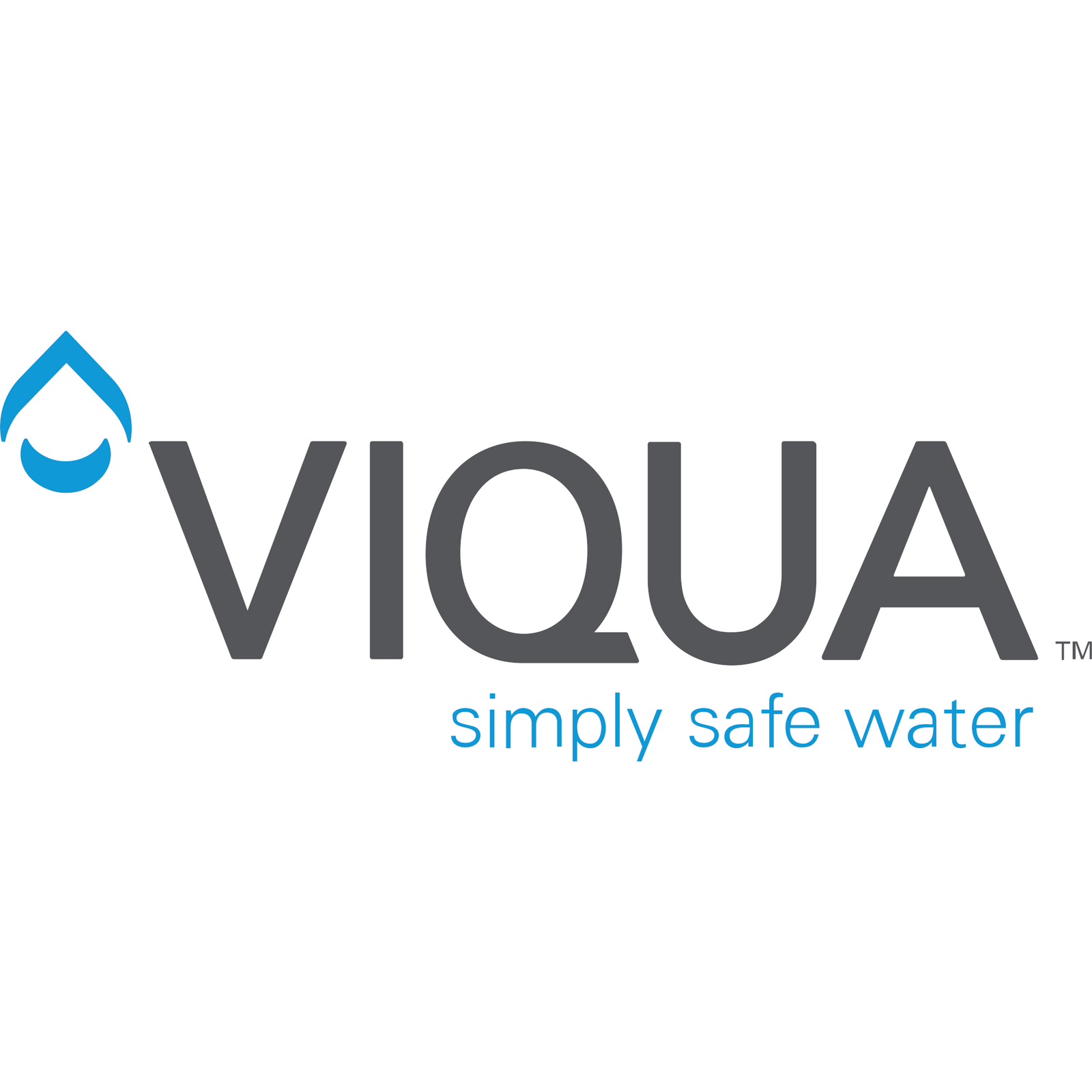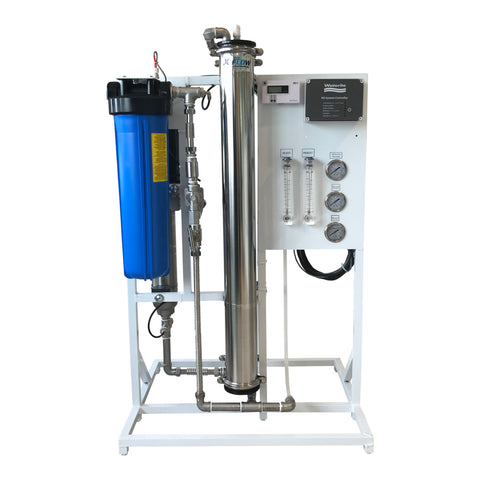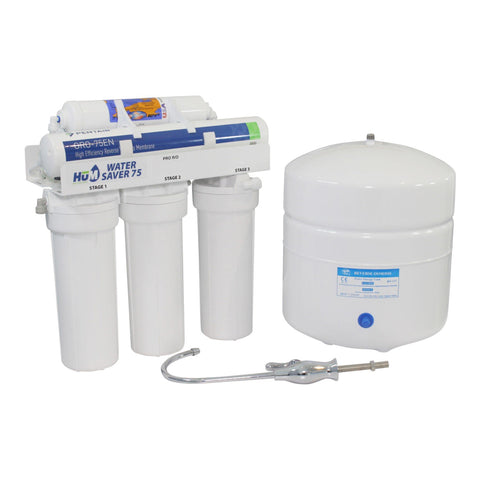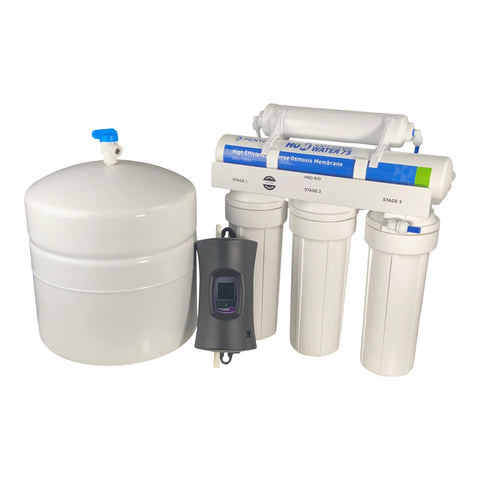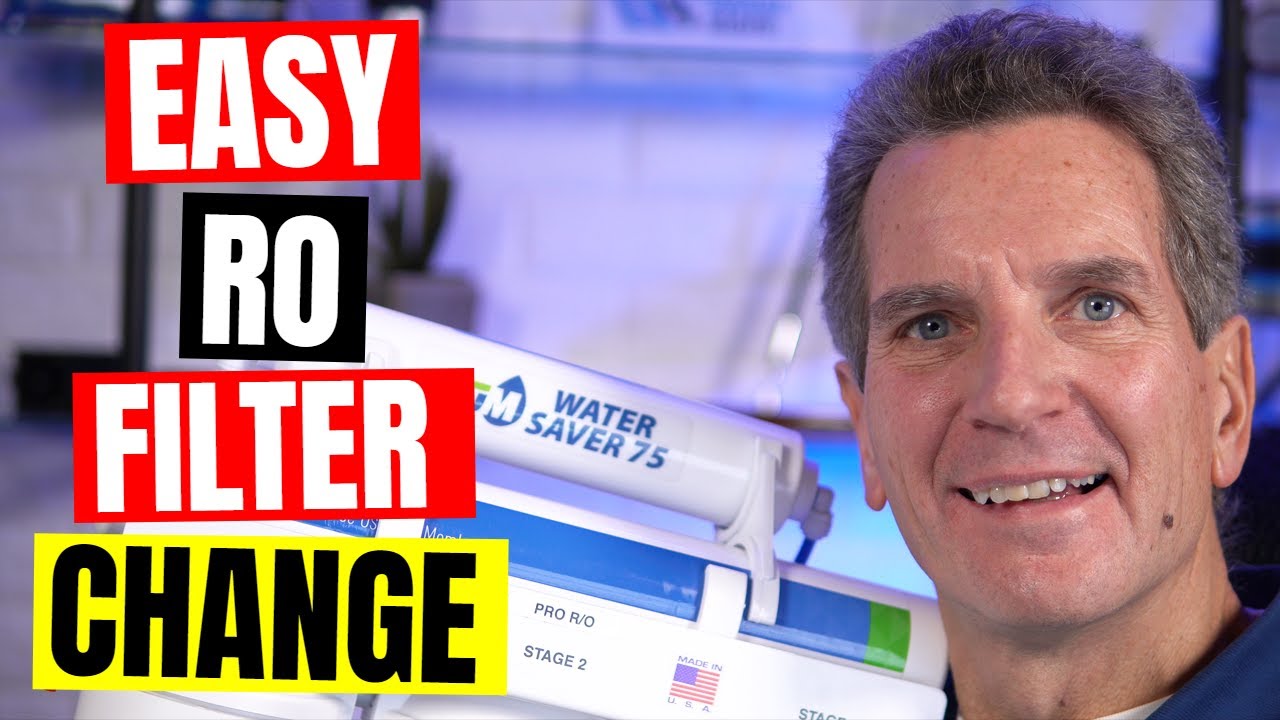
Save Money by Changing Filters in Reverse Osmosis System Yourself
Do you want to save money for your family by changing your own Reverse Osmosis filters? RO systems look complex, but it can’t be all that difficult? These filter housings look like they can be easily opened but how do you disconnect the tubing? How do you know when to change reverse osmosis filters anyway? I’m going to explain when and how to change filters in RO system, right now!
Reverse Osmosis (RO) Drinking Water Systems
As I’m sure you know, Reverse Osmosis Drinking Water Systems are perfect for your family if you’re looking for an inexpensive source of "super pure" drinking water for your home. For a Reverse-Osmosis system to continue to operate flawlessly it needs to be maintained by replacing the filters and when needed the membrane. If your not sure how these systems work, I’ve got a great video here.
When to Change Your RO Filters
Most families of 2-4 people need to replace their filters annually and the membrane when needed, this video talks about filter replacement only, I’ve got another great video on membrane replacement here.
If your water contains a high amount of sediment, it may be necessary to change the 1st stage cartridge more frequently. If your water contains a high amount of chlorine, it may be necessary to change the 2nd stage pre-filter more often.
Disinfecting Your RO Drinking Water System
If you’re planning on disinfecting your Reverse Osmosis drinking water system, this YouTube video of mine here shows you how as you would complete that before putting in the new filters.
Below are steps to take when disinfecting your RO Drinking Water System.
1. Turn off incoming water supply and valve on the storage tank. Place a tray under the system to catch any water that spills during removal of the filter housings.
2. Open faucet to release pressure.
3. Unscrew bottom of filter housings from caps. Use the filter wrench. Discard used cartridges. I like to do this one at a time to minimize the chance of mixing up the filters.
4. Remove black rubber O-rings from grooves in housings. Wipe grooves and O-rings clean; set O-rings aside.
5. Wash out housings and rinse thoroughly.
6. Lubricate each O-ring with a coating of clean silicone grease. With two fingers, press each O-ring securely into groove below the threads of the appropriate housing. CAUTION: The rubber O-ring provides the water-tight seal between the cap and the bottom of the housing. It is important that the O-ring be properly seated in the groove below the threads of the housing or a water leak could occur.
7. Insert cartridges in the bottom of the housings. Make sure cartridge slips over standpipe in the bottom of the housing.
8. Screw bottoms of housings back onto caps securely; do not over-tighten.
Replacing Your Post-Filter Cartridge in Your RO System
4th Stage Post-Filter Cartridge: post-filter should be replaced every twelve months.
1. Remove filter from bracket and remove tubes from fittings by pressing in collar around the fitting while pulling the tubing out with your other hand.
2. Check out this video here about using quick connect fittings.
3. NOTE: If quick connect fittings need to be installed, tape threads of fittings with 3 wraps of plumber tape and attach to filter. NOTE: The filter has an arrow on it showing the direction of flow. The tee fitting connects to the inlet side of the filter and the elbow fitting attaches to the outlet side. NOTE: Hand tighten fittings, then tighten with wrench 1/4 turn.
4. Attach 4th stage filter to bracket with the tee fitting on the right hand side.
5. Attach tubes to fittings by pushing in until the tube stops. Check to see if tube is in place by trying to gently pull tube out Turn on cold water supply. Check for leaks. Continue to check periodically to make sure no leaks develop.
Still unclear on How to Change Filters in Your RO System?
If you’re still unclear on how to change your filters in your RO System please check out the video below describing initiatives further.



